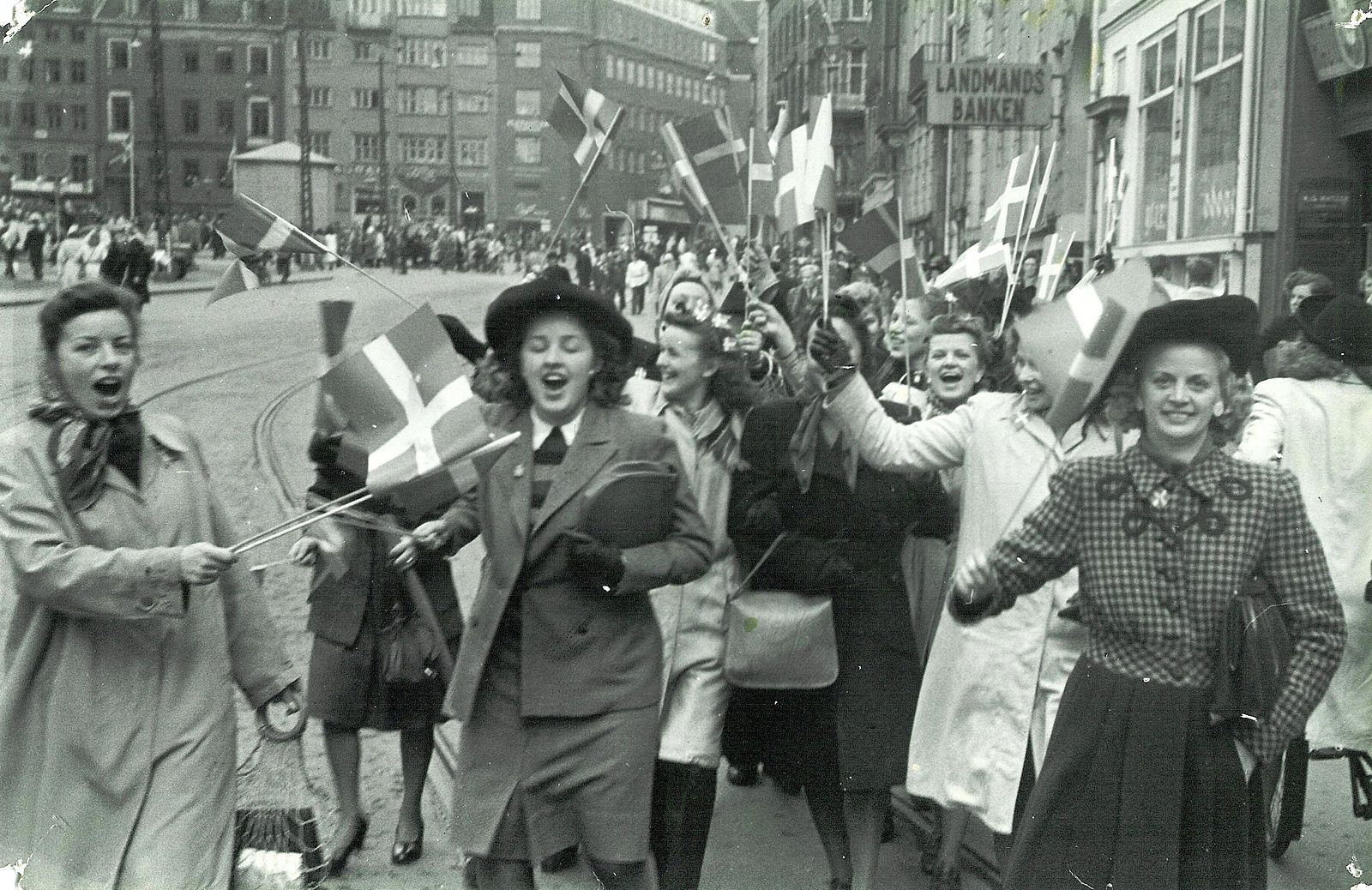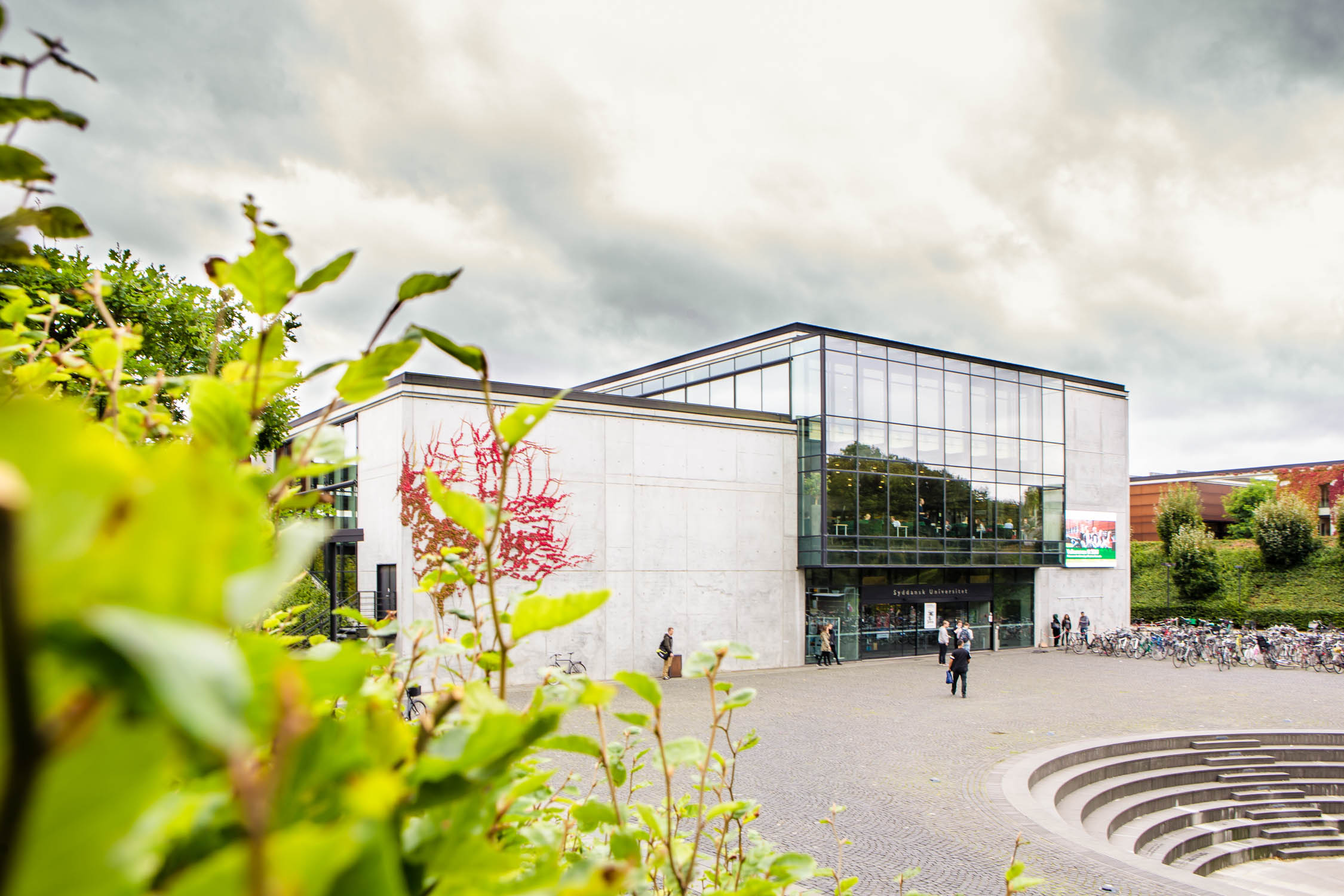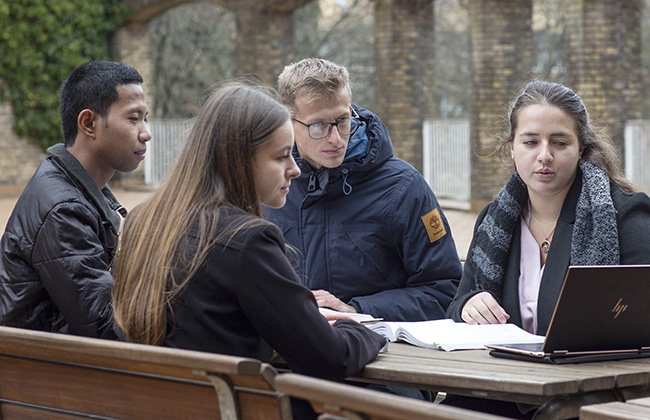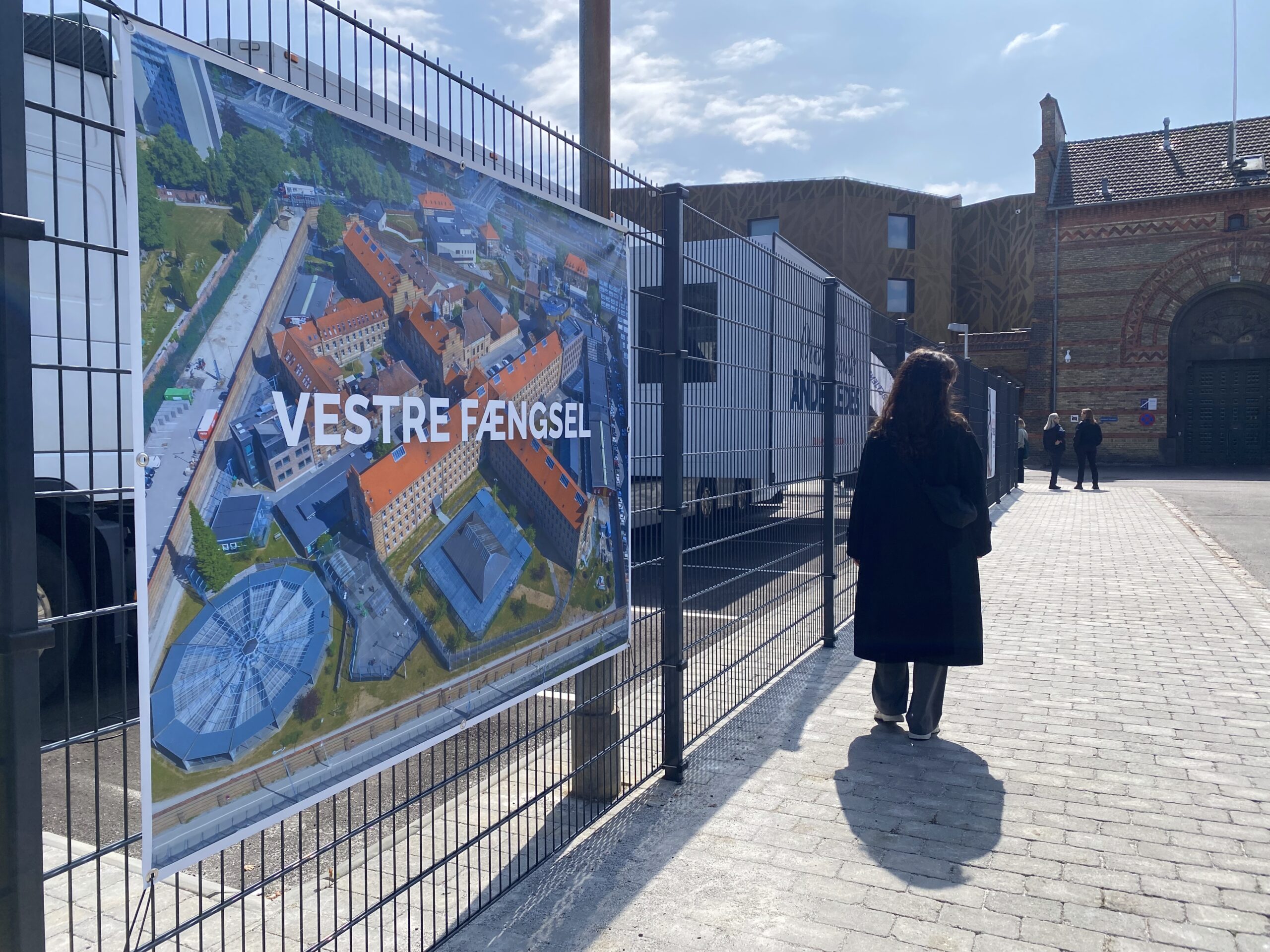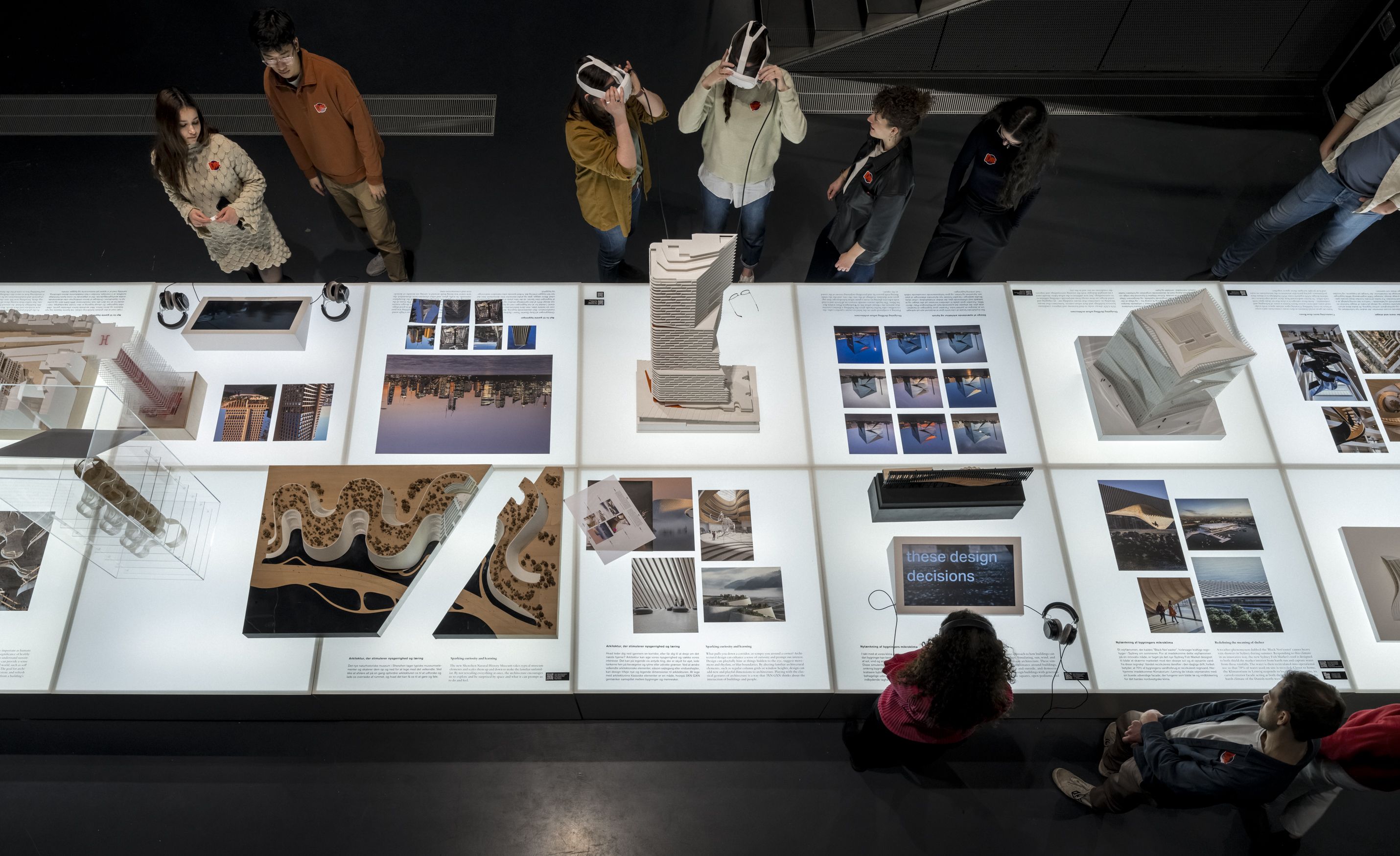This month of May marks 80 years since Denmark was liberated from Nazi occupation. For internationals living in Denmark, the 4th and 5th of May might seem like any other ordinary day, but they are very important to Danish history and culture. From candles in windows to fighter jets over Copenhagen, these two days are a time to remember the past and celebrate Denmark’s freedom.
A light in the darkness: the meaning of 4th May
On the evening of 4th May in 1945, people across Denmark secretly tuned into the forbidden BBC radio station to listen to the news. At exactly 20:35, they heard the news that they had been longing for: Germany had surrendered. After almost five years of occupation, Denmark was finally free.
To mark the end of the war and the return of peace, Danes all over the country removed their blackout curtains, which had been used to protect against air raids, and lit candles in their windows. This small but powerful act became a symbol of hope and freedom.
Even today, lighting candles in windows on the evening of 4th May is a cherished tradition. Homes, schools, and public buildings across Denmark glow with warm light, reflecting the joy and relief of the liberation.
This year, as Denmark celebrates the 80th anniversary of liberation, the tradition carries even more meaning.
Commemorations on the 4th of May
The official commemorations for the 80th anniversary of the liberation began at 15.30 with a special service at Vor Frue church in Copenhagen. The Royal family and members of the Danish Parliament attended the service alongside veterans of the resistance. The event was broadcast both on DR and TV2 and it was featured the Copenhagen Boy’s Choir (Københavns Drengekor) singing for the attendants.
Later, the Royal family and the veterans then moved to Mindelunden, in Ryvangen. This is the Memorial Park dedicated to Danish resistance fighters and civilians who died during the Nazi occupation and was originally a site for executions and burials. The ceremony and Mindelunden included a speech from prime minister Mette Frederiksen, performances by DR Pigekoret (DR’s Girl Choir) and community sing-along and wreath-laying. The ceremony was broadcast live from 19.30 to 21.00.
There were also many other commemorations across Denmark, including ceremonies, concerts, and public gatherings.
A time for reflection and unity
The 4th and 5th of May are about more than remembering the past. The candles in the windows, the ceremonies, and the quiet moments of reflection remind the Danes of the values that helped them through the war: solidarity, courage, and hope.
For internationals living in Denmark, taking part in these moments, whether by lighting a candle, attending a ceremony, or simply learning about the history, offers a chance to connect with Denmark’s culture and understand the importance of these days.

